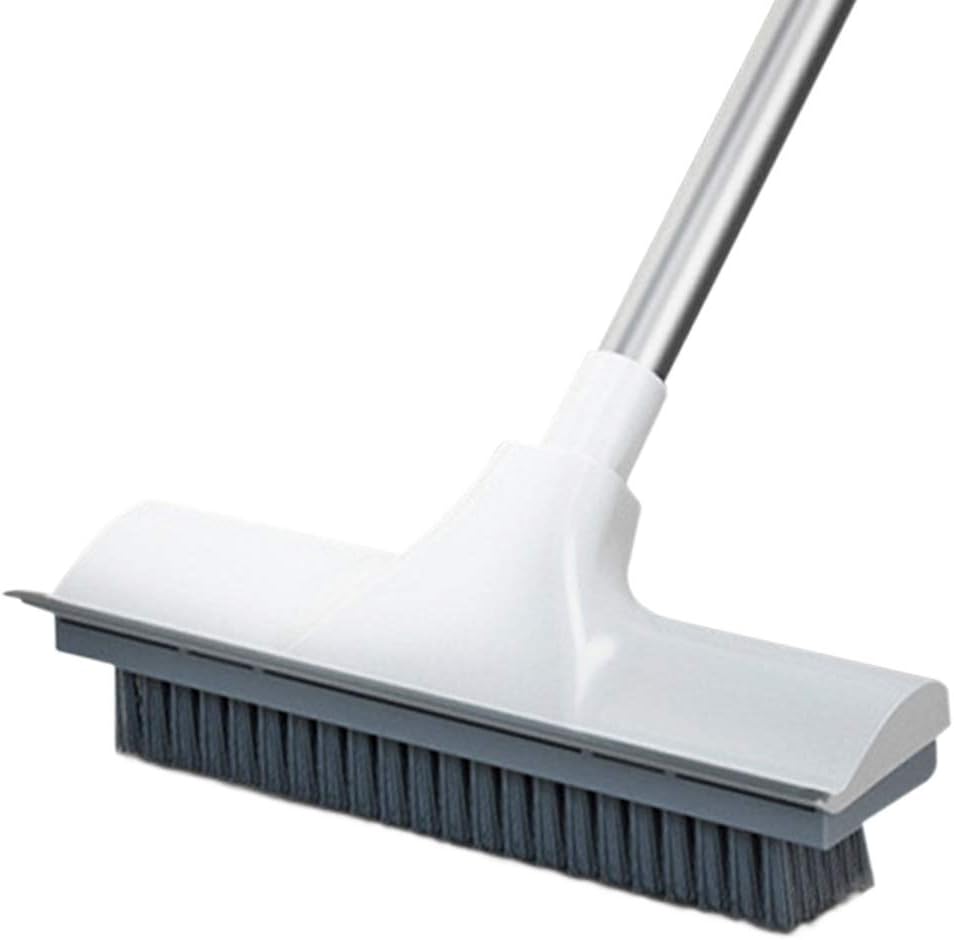Scrubbing your outdoor floors – patios, decks, driveways – can be a back-breaking chore. But it doesn’t have to be! With the right eco-friendly outdoor floor scrub brush, you can tackle even the grimiest surfaces with ease and a lighter environmental footprint. The key is finding a brush that’s durable, effective, and kind to the planet. This guide will help you navigate the options and choose the perfect brush for your needs.
Why Eco-Friendly Matters

Before we dive into the specifics of brush selection, let’s talk about why choosing an eco-friendly option is so important. Traditional cleaning brushes often contain plastics derived from petroleum, which contributes to pollution and landfill waste. Furthermore, harsh chemical cleaners are often used in conjunction with these brushes, further harming the environment. By choosing a brush made from sustainable materials like bamboo, recycled plastic, or sustainably harvested wood, you’re reducing your environmental impact and contributing to a more circular economy.
Material Matters: The Heart of an Eco-Friendly Brush
The bristles are the most crucial component of any floor scrub brush. Look for brushes made from:
- Tampico: A natural fiber derived from a Mexican shrub, tampico bristles are durable and effective at scrubbing away dirt and grime. They are a good, sustainable alternative to synthetic materials.
- Sisal: Another natural fiber, sisal is known for its strength and ability to withstand heavy-duty scrubbing. It’s derived from the agave plant, making it a renewable resource.
- Recycled Plastic: Many manufacturers are now creating bristles from recycled plastic bottles. This significantly reduces plastic waste and provides a sturdy and long-lasting bristle.
- Plant-based Plastics: While still relatively new, plant-based plastics are offering an increasingly sustainable alternative to traditional plastics. Look for brushes using materials like PLA (polylactic acid).
Avoid brushes with nylon or polypropylene bristles, as these are derived from petroleum.
Handle Considerations: Comfort and Sustainability
The handle of your scrub brush is just as important as the bristles. A comfortable handle will make the scrubbing process much easier and less strenuous on your back and arms. Look for handles made from:
- Bamboo: A fast-growing, sustainable material that’s naturally durable and lightweight.
- Recycled Aluminum: A strong and lightweight option that’s also highly recyclable.
- Sustainably Harvested Wood: Look for certification from organizations like the Forest Stewardship Council (FSC) to ensure the wood comes from responsibly managed forests.
Consider the length of the handle as well. A longer handle will allow you to scrub larger areas without having to bend over as much.
Brush Head Design: Size and Shape
The size and shape of the brush head will determine its effectiveness on different surfaces. A larger brush head will cover more area quickly, but it might be less maneuverable in tight spaces. A smaller brush head is better suited for detailed cleaning or working in confined areas. Consider the size of your outdoor space when choosing a brush head size.
The shape of the brush head also matters. Some brushes have rectangular heads, ideal for covering large flat areas. Others have rounded or angled heads, which are better for scrubbing corners and edges.
Choosing the Right Cleaning Solution: Eco-Friendly Options

While the brush itself is a significant part of eco-friendly cleaning, remember the cleaning solution plays a crucial role. Avoid harsh chemicals and opt for biodegradable and plant-based cleaners. Vinegar, baking soda, and castile soap are effective and environmentally friendly options for most outdoor cleaning tasks. Always check the product labels to ensure they are biodegradable and safe for use on your specific surfaces.
Maintenance and Longevity: Extending Your Brush’s Life

To ensure your eco-friendly brush lasts, proper maintenance is crucial. After each use, rinse the brush thoroughly with water to remove any dirt and debris. Allow it to air dry completely before storing it in a cool, dry place. Regularly inspect the bristles for any signs of wear and tear. Replace the brush head when necessary.
Comparison with Traditional Brushes

Traditional outdoor floor scrub brushes often rely heavily on plastic components and harsh chemicals. While they may be initially cheaper, their environmental impact is considerably higher. Eco-friendly brushes, while sometimes costing a bit more upfront, offer a far more sustainable alternative. The longevity and reduced need for replacement often make them a cost-effective solution in the long run.
Practical Advice for Users
Before you purchase your eco-friendly outdoor floor scrub brush, consider the following:
- The size of your outdoor space: Choose a brush with the appropriate head size for efficient cleaning.
- The type of surface you’ll be cleaning: Different bristle materials are better suited for different surfaces. A softer bristle is better for delicate materials, while a stiffer bristle is more effective on tougher grime.
- Your physical capabilities: Consider the weight and handle length to ensure the brush is comfortable and manageable for you.
- Read reviews: Check online reviews to see what other users have to say about the durability and effectiveness of different brushes.
Investing in an eco-friendly outdoor floor scrub brush is a smart and responsible choice. By carefully considering the material composition, handle design, and cleaning solution, you can significantly reduce your environmental impact while making your outdoor cleaning a more enjoyable and less strenuous task.








